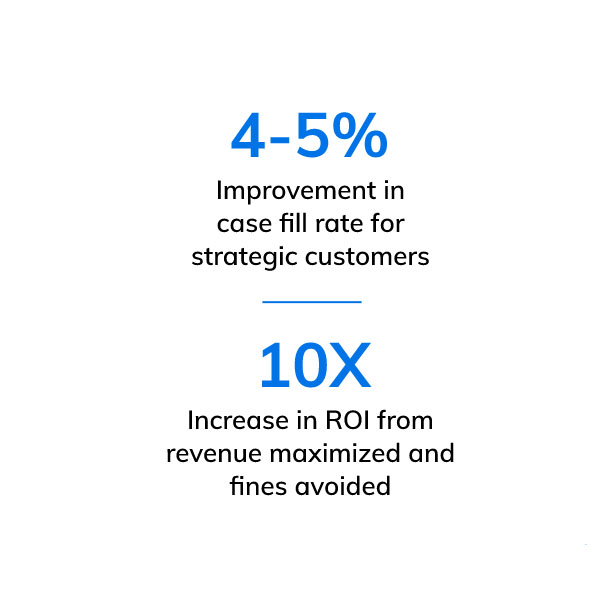Despite the pandemic-driven shift from “just-in-time” to “resilient” supply chain management, companies still struggle with unexpected interruptions in the supply chain and volatility in consumer demand that can lead to inventory shortages and the inability to fulfill orders on time and in full (OTIF). Consequently, they’re at risk of frustrating their retail partners and losing consumers and market share. Promising inventory to the right partners requires processes and tools with more sophistication than the traditional solutions that were designed at a time of stable market demand. A first-come/first-serve process benefits those who come first, but may not be what is best for the business overall, and typical spreadsheet-based allocation tools are too time-consuming and inflexible to deliver timely order adjustments.
In order to succeed in today’s dynamic, shifting markets, consumer packaged goods (CPG) and consumer products (CP) companies need to maximize their market position by prioritizing, promising, and allocating their inventory across orders for all sales channels, including direct store delivery (DSD).







